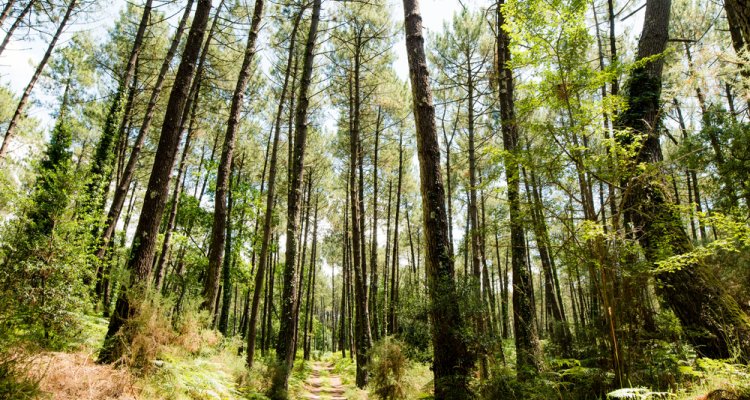Drought Threatens Carbon Sequestration in Europe’s Forests: A Growing Environmental Concern
Forests play a critical part in mitigating climate change due to their ability to absorb CO2 from the atmosphere. However, many European forests removed less CO2 from the atmosphere during the extremely hot and dry summer of 2022, according to a new European study. The findings suggest that plans to compensate for CO2 emissions through forests may have to be amended.
Europe aims to be CO2 neutral in 2050, and forests are frequently considered one of the ways to achieve this goal. Previous research showed that forests sequester less CO2 during extreme dry spells, which will likely occur more frequently in the future climate. For the first time, a team of scientists studied the impact the extreme heat and drought of 2022 had on forests throughout Europe. The findings were published in Nature Communications recently.
More CO2 in many European forests
The team used an extensive European network of measurements of the carbon cycle. These show that European forests absorbed significantly less CO2 in 2022. PhD candidate Auke van der Woude, lead author of the study: ‘The readings are taken in the forests, using equipment capable of determining the amount of CO₂ that the forest absorbs at a very local level. We also saw higher than normal atmospheric CO2 concentrations in many locations in the summer of 2022.’
Analysis of precipitation and evaporation show that the drought area in 2022 was about the same size as in 2018, but more located in the south of Europe. Model calculations suggest that the impact of the droughts in 2018 and 2022 were comparable: a reduction in CO2 absorption of some 60 TgC (units used to indicate the concentration of carbon in the atmosphere). That is more than the Netherlands emits in an entire year and is added to the 750 TgC in annual emissions produced by the EU.
Droughts in rapid succession
The European drought of 2022 was the second long dry spell after 2018. Van der Woude: ‘The rapid succession of droughts such as these shows that extreme drought is no longer that extreme.’ Moreover, the summer of 2023 was above average in temperature.
Carbon cycle professor Wouter Peters: ‘Our study shows that the current plans to compensate CO2 emissions through extra large-scale absorption by forests may be unrealistic.’ These plans are based on the assumption that European forests are capable of sequestering extra CO2, but if they fail to do so in periods of drought, these plans may have to be amended.’
French forests suffer greatest impact
One of the areas most gravely affected by the drought of 2022 is Les Landes, located in south-western France. Trees in this region stopped absorbing CO2 altogether in that summer, even during the daytime, which is when most of the photosynthesis in the leaves takes place. Researchers had not seen a similar standstill of CO2 absorption in their readings before. Additionally, many wildfires occurred in the region. Although these caused damage and other issues, the researchers concluded that the fires played only a small role in the extra CO2 emissions.

